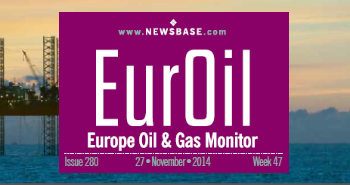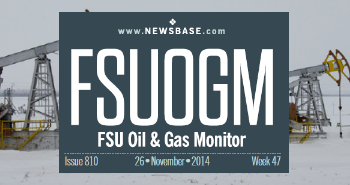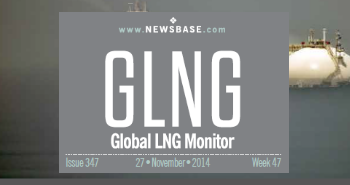EU LNG imports down 8% in January-April: GIE
EU LNG imports were down 8% year on year in January to April at 40.8bn cubic metres, according to data published by Gas Infrastructure Europe (GIE), coinciding with a climb in Russian pipeline gas supplies.
Imports were down 16% y/y at 10.1mn tonnes in April, GIE data showed. Supplies of the super-chilled fuel to the continent grew significantly in 2022 as countries scrambled to replace lost Russian pipeline supply. They were up 70% that year at 127.2 bcm. Volumes continued to grow into 2023, reaching monthly peaks of 12.04 bcm in April and 12.17 bcm in May that year.
However, growing demand in Asia led LNG prices there to become higher than in Europe in the second half of last year, causing European LNG imports to decline. These imports in September 2023 reached their lowest level since December 2021 – only 9.2 bcm. They then recovered somewhat, but were still down year on year in December 2023. Imports during the whole of 2023 were up only 3%, at 131 bcm.
The downward trend continued into this year, with supplies down 6% y/y in January and down 11% y/y in February. They were up a modest 1% y/y in March, but fell once more in April.
Meanwhile, EU pipeline gas imports rose by 5% y/y in the first quarter to 40 bcm, according to the Gas Exporting Countries Forum (GECF). In March, pipeline supplies came to 14 bcm – their highest level since December 2022, and up 12% month on month and 4% y/y.
Data on overall EU pipeline imports in April has not been published yet. But according to data from the European gas transmission group Entsog and Gazprom’s daily reports, Russian pipeline supplies to the bloc were up 10.3% y/y but down 6% m/m that month, at 83.4mn cubic metres per day.
Russian pipeline supplies are currently cheaper than LNG imports because of the way that prices are indexed in Gazprom’s contracts.




Follow us online